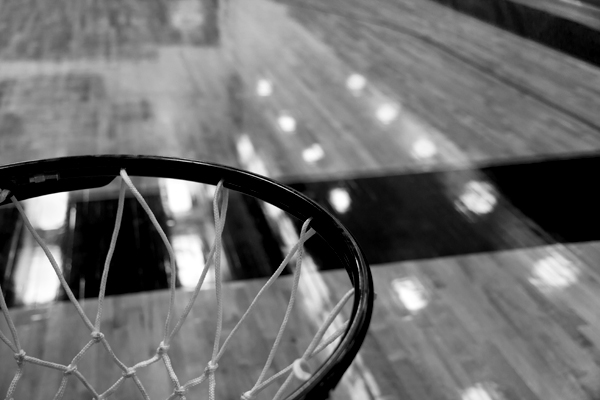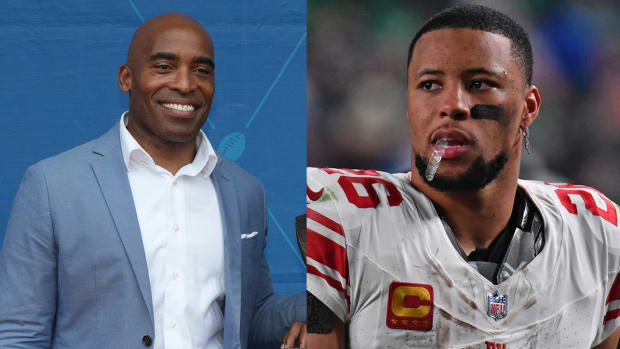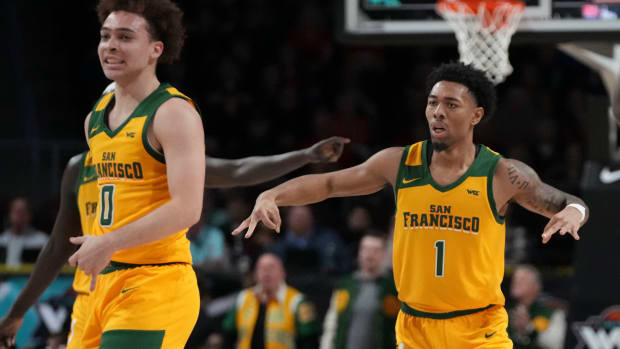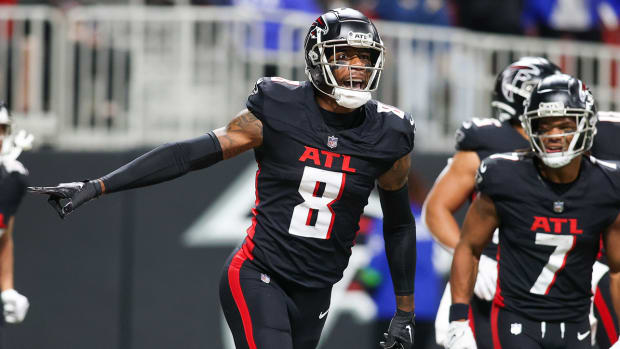Extra Mustard Trivia Hour: The 1926 Princeton Basketball Team Used to Huddle at Half-Court to Draw Up Plays
via Getty Images
Long before the “Princeton offense” made one think of constant motion, it meant exactly the opposite: slow and excruciatingly considered -- the athletic equivalent of grandma comparing yogurt prices.
In 1926, the Princeton team huddled before each play, literally gathering around to talk in secret, right there on the court. There was no shot clock back then. The opposing team could only watch and wait. And the huddle threatened to spread throughout the sport.
via The San Antonio Light
Little remains known about the basketball huddle, how popular it became, or even exactly how it was used. “I’d never heard of it,” says Matt Zeysing, the Naismith Memorial Basketball Hall of Fame’s historian. Princeton’s athletic department doesn’t keep records that far back. But in December of 1926, the move was scandal-on-SportsCenter-worthy. Papers nationwide ran stories about it, and debated its merits. “It will slow up the game and consequently take away many of the thrills of basketball,” one Y.M.C.A. director complained in the Hamilton (Ohio) Evening Journal.
via The Hamilton Evening Journal
What inspired Princeton? The answer, it seems, comes from football. Gridiron teams had experimented with the huddle for decades, but by the 1920s, it was fiercely dividing the sport. Fans had no time for it—they were there to see action, not a bunch of guys standing around making decisions. “That ‘gather-round system’ for determining the next play … has caused the excited spectators on the losing side to pull their hair with impatience,” said a 1926 wire story that ran nationwide. But coaches were increasingly seeing the advantage. Western teams were the earliest adopters, but the scourge of advance planning soon expanded. The first eastern team to pick it up, say 1920s newspapers: the Princeton Tigers.
via The Oelwein Daily Register (December 13, 1926)
The school’s head football coach at the time, Bill Roper, blamed the fans for forcing his hand: He implemented the huddle “because the noise made by the crowd made it impossible for the linemen to hear the quarterbacks’ signals,” one columnist wrote. Princeton’s basketball coach, Al Wittmer, was clearly inspired. Or maybe he used it as a sign of solidarity. Either way, history can’t fault him for trying: If one young sport could introduce the huddle to its advantage, why not another?









